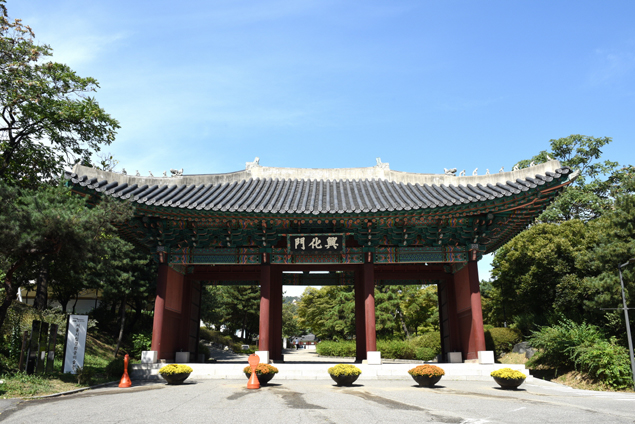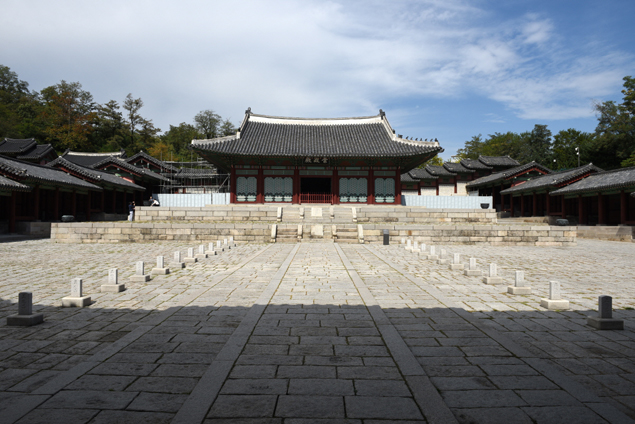Gyeonghuigung Palace

Gyeonghuigung Palace was completed after an extended period of construction, during the 12th year of the reign of Gwanghaegun (1620). After the Japanese invasion in 1592, Changdeokgung Palace was used as the residence of the king, while Gyeonghuigung Palace was used as a detached palace. The palaces were also named according to their geological location: Changdeokgung and Changgyeonggung were called the East Palaces, while Gyeonghuigung was called the West Palace. During its heyday, Gyeonghuigung comprised more than 100 halls, most of which were burnt down in two separate conflagrations, one during the 29th year of the reign of King Sunjo (1829) and the other during the 20th year of the reign of King Gojong. The remaining halls also faced similar fates, as the Japanese colonialists demolished most of them to build schools to educate their children. After the national liberation in 1945, Seoul High School was built on the site, where it remained until 1978. In 1985, several buildings including Sungjeongjeon Hall were restored.
-
- Class : Historic Site No. 271
- Address : 1-126, Sinmunno 2(i)-ga, Jongno-gu, Seoul
- Tel : 82-2-724-0274~6
- Admission Fee : Free
- Opening Hours : 09:00~18:00
- Closed : 1st Jan, Monday
- Subway : Get off at Seodaemun Stn.(Line 5, Exi 4) and walk 10 minutes.

Heunghwamun was the main gate of Gyeonghuigung Palace. Originally, it was situated just next to the current Salvation Army Center, facing the direction of Jongno Avenue. When the adjacent road was expanded in 1915, the gate was sold and installed as the main gate of Bakmunsa (now the site of the Shilla Hotel), a shrine dedicated to Ito Hirobumi, the Japanese resident-general. Heunghwamun was restored and moved to the current site in 1985.

Sungjeongjeon, the main hall of Gyeonghuigung Palace, was moved into Jogyesa Temple to avoid harm by Japanese in 1926. It now serves as the Jeonggakwon (Hall of Righteous Enlightenment) of Donguk University. Due to it is too old to move again into old spots, Korea government reconstructed as it was from 1989 at the old site.



 >
>